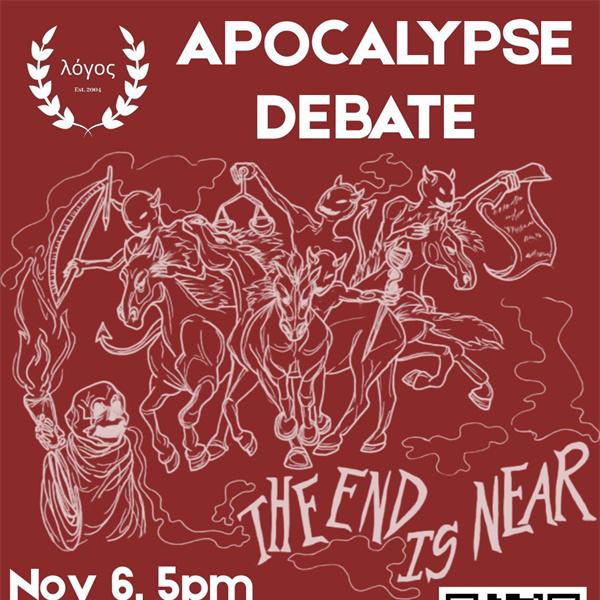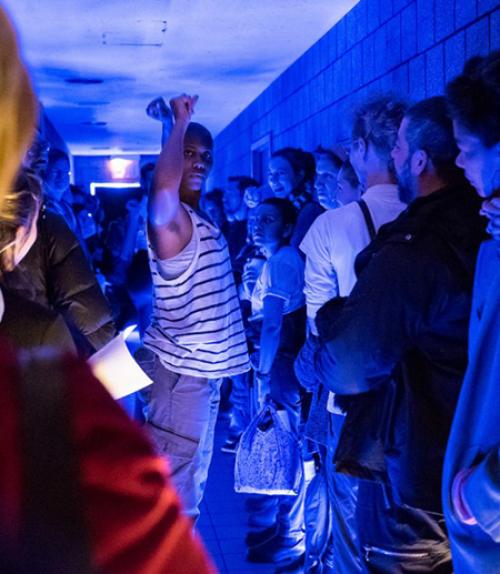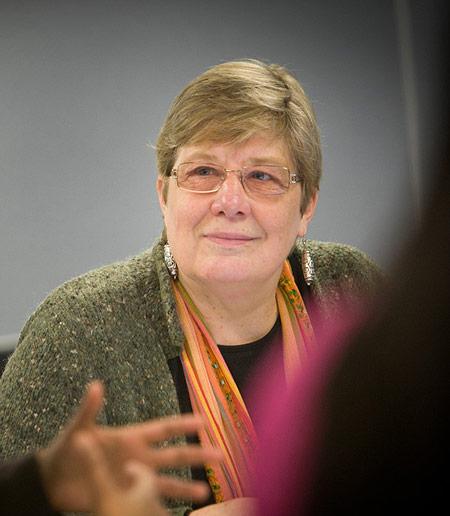
 Department Homepage
The College of Arts & Sciences
Department Homepage
The College of Arts & Sciences
Dance, multimedia performance to open 2018 CCA Biennial
The 2018 Cornell Council for the Arts (CCA) Biennial kicks off Sept. 14-15 at 8 p.m. at the Schwartz Center for the Performing Arts with “A Meditation on Tongues,” conceived and directed by guest artist Ni’Ja Whitson and performed by The NWA Project.Whitson’s dance and multimedia adaptation of Marlon T. Riggs’ 1989 video portrait of black gay identity, “Tongues Untied,” opens a series of fall performances on the Biennial theme, “Duration: Passage, Persistence, Survival.”



